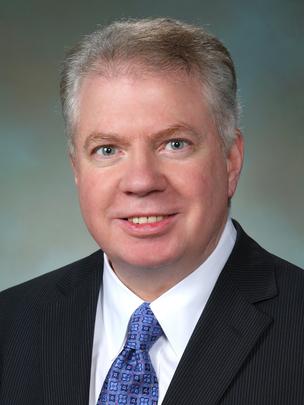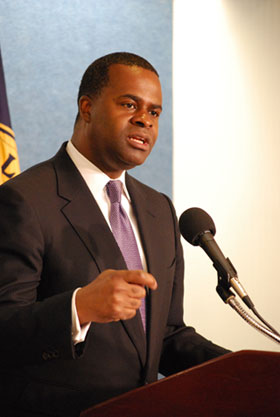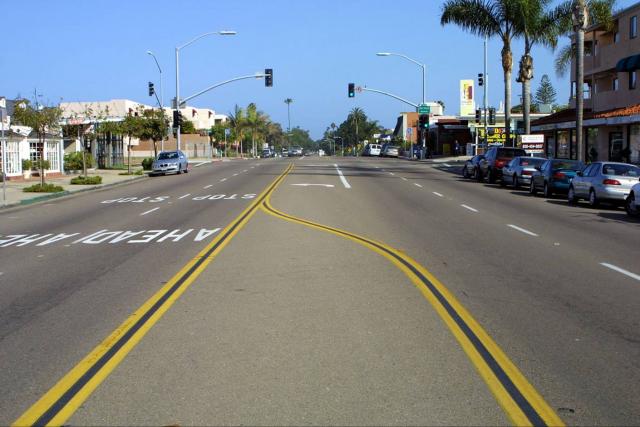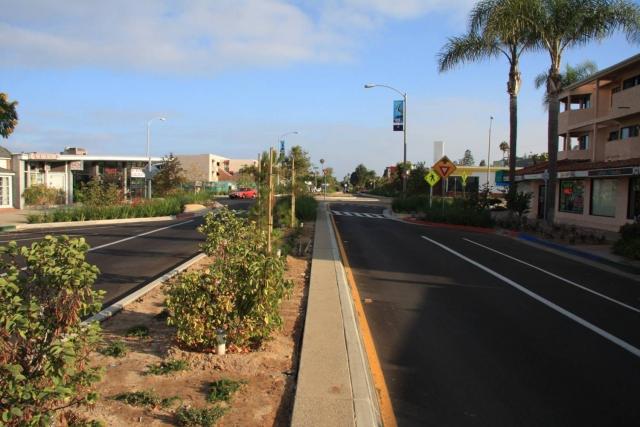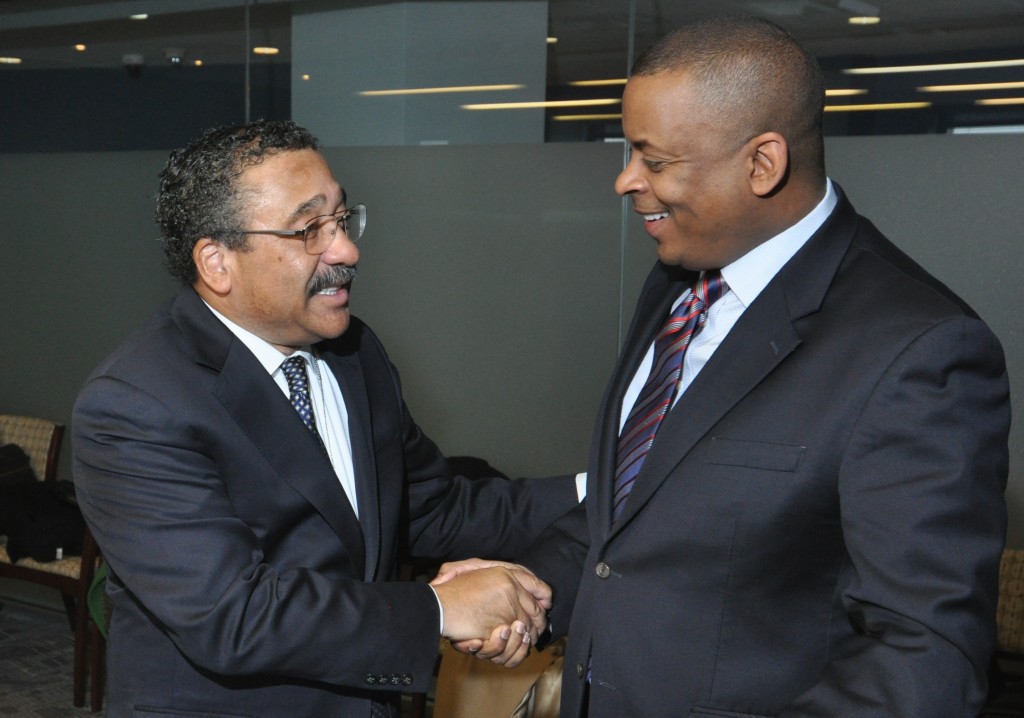
Last week, U.S. Transportation Secretary Anthony Foxx issued a public challenge to mayors to “take significant action to improve safety for bicycle riders and pedestrians of all ages and abilities over the next year.” Mayors, in return, have a challenge of their own to the federal government: Don’t leave us in the lurch when it comes to the funding for those – and many other – transportation needs.
As Washington Post writer Niraj Chokshi noted the other day, transportation funding is the most urgent federal “ask” for cities such as Seattle and San Francisco that are facing both aging infrastructure and surging population. Both mayors were in D.C. for the U.S. Conference of Mayors, where federal transportation funding was a key theme.
In comments to the Post ahead of a White House meeting, Seattle Mayor Ed Murray framed the situation like this:
Post-World War II, with the suburbanization of America, the federal government stepped in big time and created an interstate system that supported the suburban lifestyle. As we urbanize as a country, we need the federal government to step in big time with transit for our urbanization.
Back home, Murray is one of those mayors who would be inclined to rise to Secretary Foxx’s challenge. But to do so, he is trying to find the resources to overcome the legacy of the last century, when federal dollars helped build high-traffic roads through the city with little provision for people to walk or bike safely. With more and more people living along those corridors, his city – like many others – is trying to squeeze more capacity out of them by making sure people can safely walk, bicycle and take transit.
The mayors said they don’t expect “pork-barrel” handouts. They are prepared to compete for grants based on need, smart planning and a willingness to marshal their own resources. That is one of the reasons why mayors of both small towns and larger cities have come forward to support a plan that would carve out a share of federal dollars in each state for such competitive grants.
As San Francisco Mayor Ed Lee put it:
We’re all focused on infrastructure. We think that that’s probably one of the best foundations for our economy, job creation, and we’re true believers in that.




